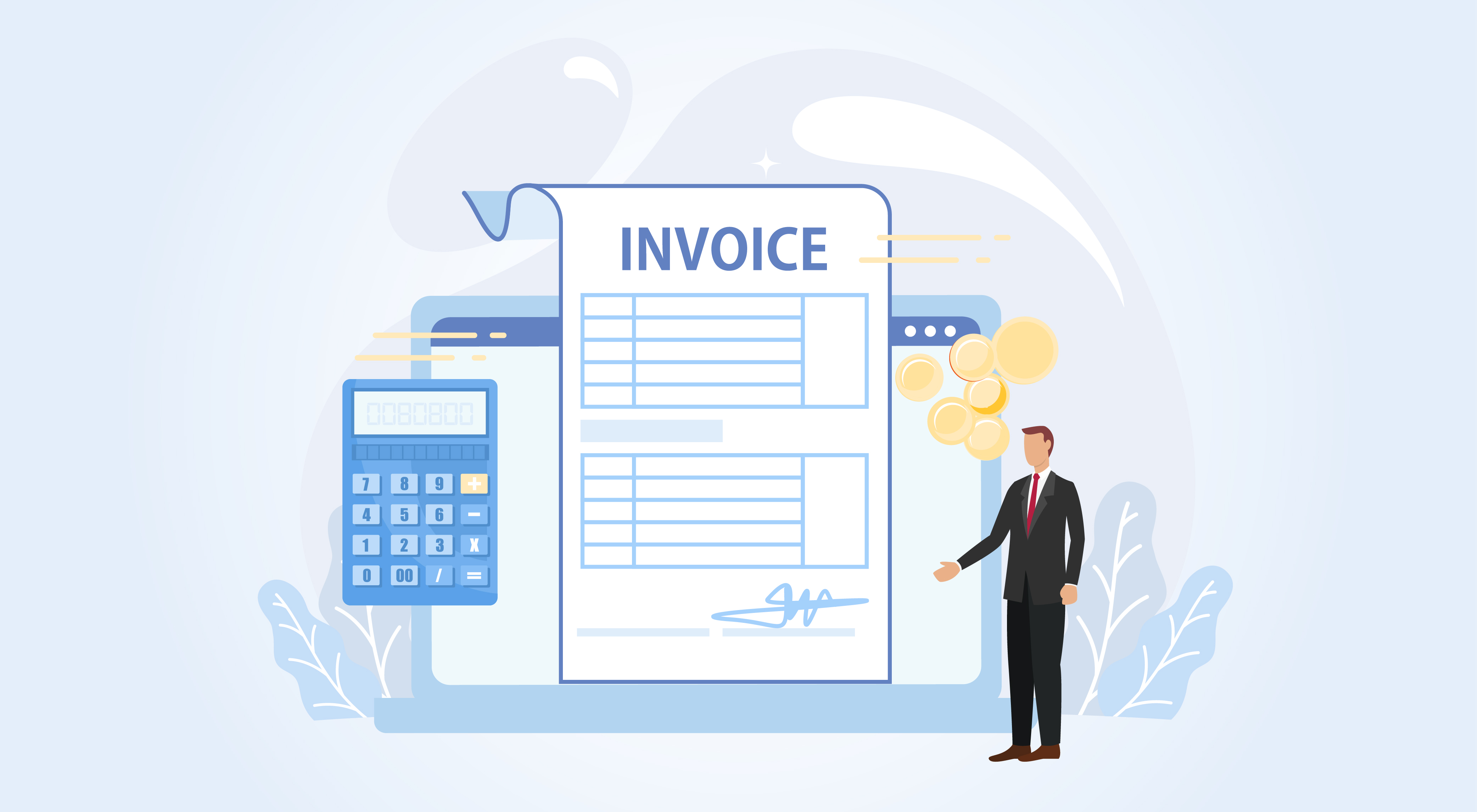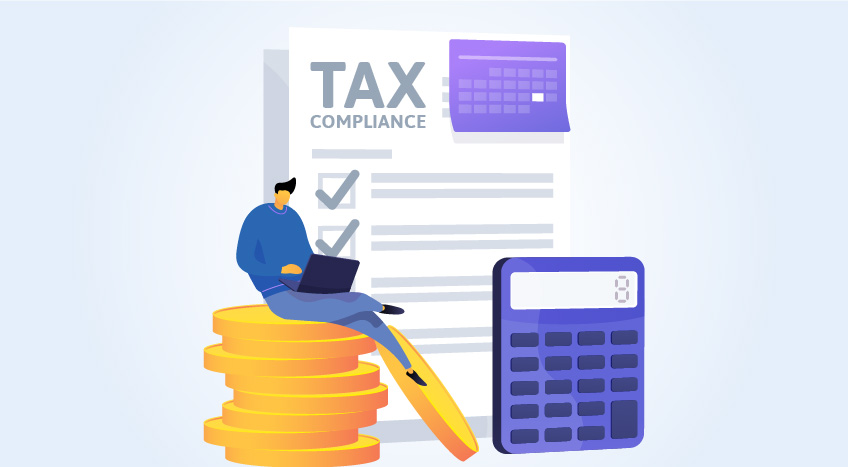- Export of goods under UAE VAT
- Export of goods to non-GCC VAT implementing States
- Export of goods to GCC VAT implementing States
In our previous article, we have discussed exports and imports under UAE VAT. Exports can be of goods or services. In this article, let us understand the export of goods and how it is treated under UAE VAT.
Export of goods under UAE VAT
Export of goods can be of 2 types:
- Export of goods to non-GCC VAT implementing States
- Export of goods to GCC VAT implementing States
It is important to identify whether the destination of goods exported is a GCC VAT implementing State or not. Based on this classification, VAT will be levied accordingly.
Export of goods to non-GCC VAT implementing States
A non-GCC VAT implementing State can be a State within the GCC territory which has not implemented VAT and also, a country outside of the GCC territory. In the GCC territory, only UAE and the Kingdom of Saudi Arabia have implemented VAT currently. Hence, export of goods from UAE to any GCC State except Saudi Arabia and any country outside of the GCC region is covered here.
When goods are exported from UAE to a non-GCC VAT implementing State, the export can be of 2 types:
- Direct exports
- Indirect exports
Direct exports are exports where the supplier is responsible for arranging the transportation of goods or appoints an agent to do so on his behalf. Indirect exports are exports where the recipient is responsible for arranging the collection of goods from the supplier in UAE and who exports the goods himself, or has appointed an agent to do so on his behalf.
Exports to non-GCC VAT implementing States, whether direct exports or indirect exports, will be zero rated, provided the specific conditions laid down are satisfied.
To learn more about exports to non-GCC VAT implementing States, you can read our article Exports to non-GCC VAT implementing States.
Export of goods to GCC VAT implementing States
Currently, the States which have implemented VAT in the GCC are UAE and Kingdom of Saudi Arabia. The member States of the GCC which implement VAT are included here.
To determine the applicability of VAT on export of goods to VAT implementing States, 2 questions need to be answered:
- Is the recipient registered under VAT in the destination State?
- If the recipient is unregistered, is the value of exports by the supplier to the destination State below the mandatory registration threshold in the destination State? Here, the value of exports by the supplier to the destination State in the previous 11 months should be checked.
Based on these questions, 3 scenarios of export of goods to GCC VAT implementing States are possible:
| Scenario | VAT applicability |
| Export to a recipient registered under VAT in the destination State | Zero rated under UAE VAT |
| Export to a recipient not registered under VAT in the destination State and the value of exports by the supplier to the destination State is below the mandatory registration threshold in the destination State | Taxable supply under UAE VAT. VAT @ 5% has to be charged by the supplier on the export |
| Export to a recipient not registered under VAT in the destination State and the value of exports by the supplier to the destination State exceeds the mandatory registration threshold in the destination State | Supplier has to take registration under VAT in the destination State. The supply will be treated as a domestic supply in the destination State. VAT at the applicable rate in the destination State has to be charged by the supplier. |
To learn the VAT applicability in each of these scenarios, you can refer our article Export of goods to GCC VAT implementing States.
Hence, the VAT treatment of export of goods depends upon the destination of the export, whether it is a GCC VAT implementing State or not. It is important that taxpayers identify the type of export in order to apply VAT correctly.
Read more about UAE VAT
UAE VAT Return, VAT in UAE, How Does VAT System Works, Frequently Used Terms in VAT, VAT Exempt Supplies in UAE, VAT Return Form 201, Input Tax Recovery under VAT in UAE, VAT Return Filing in UAE, VAT Return Filing Period in UAE, Tax Agent under UAE VAT, Export of Goods to GCC VAT Implementing States, UAE Exports of services to outside the GCC Territory, Exports of Goods from UAE to Non-GCC VAT Implementing States, Value of Supply for Import of Goods, Import of goods in VAT Return Form 201
VAT Rate
VAT Rate in UAE, VAT Rates Applicable to Education Sector in UAE, Difference between Zero Rate, Exempt and Out of Scope Supplies in UAE VAT, UAE VAT Rates- Handbook, Standard Rated Purchases/Expenses in VAT Form 201, How to Furnish Standard Rated Supplies in VAT Return Form 201, Zero-Rated and Exempt Supplies in VAT Form 201, Zero-Rated Supplies in UAE VAT
FAQs on VAT
VAT FAQs on Education Sector in UAE, VAT FAQs on supply of real estate in UAE, VAT FAQs on implementing VAT in your business, VAT FAQs on Zero Rate and Exempt Supplies in UAE, VAT FAQs on UAE Free Zone, VAT return FAQs









